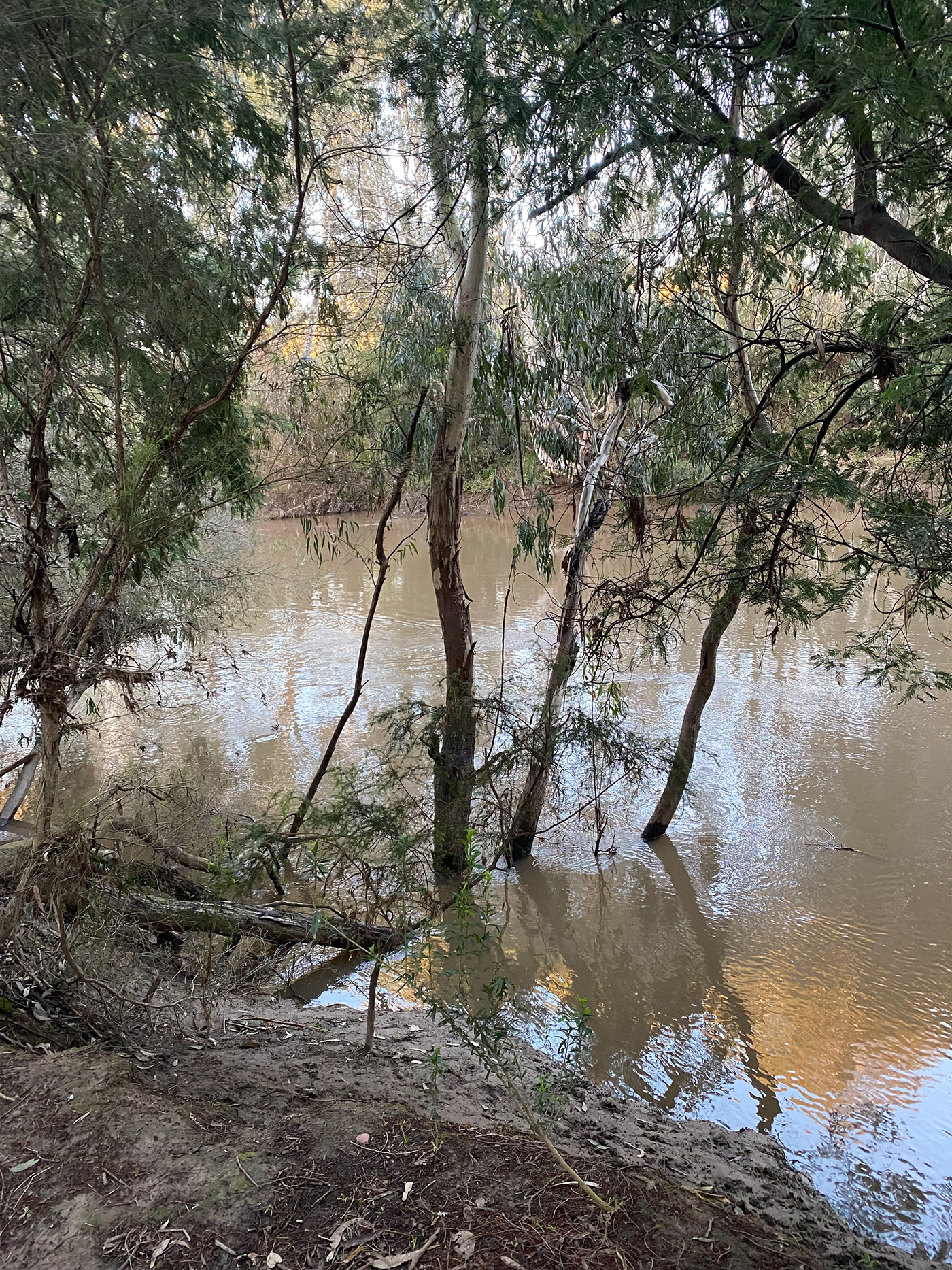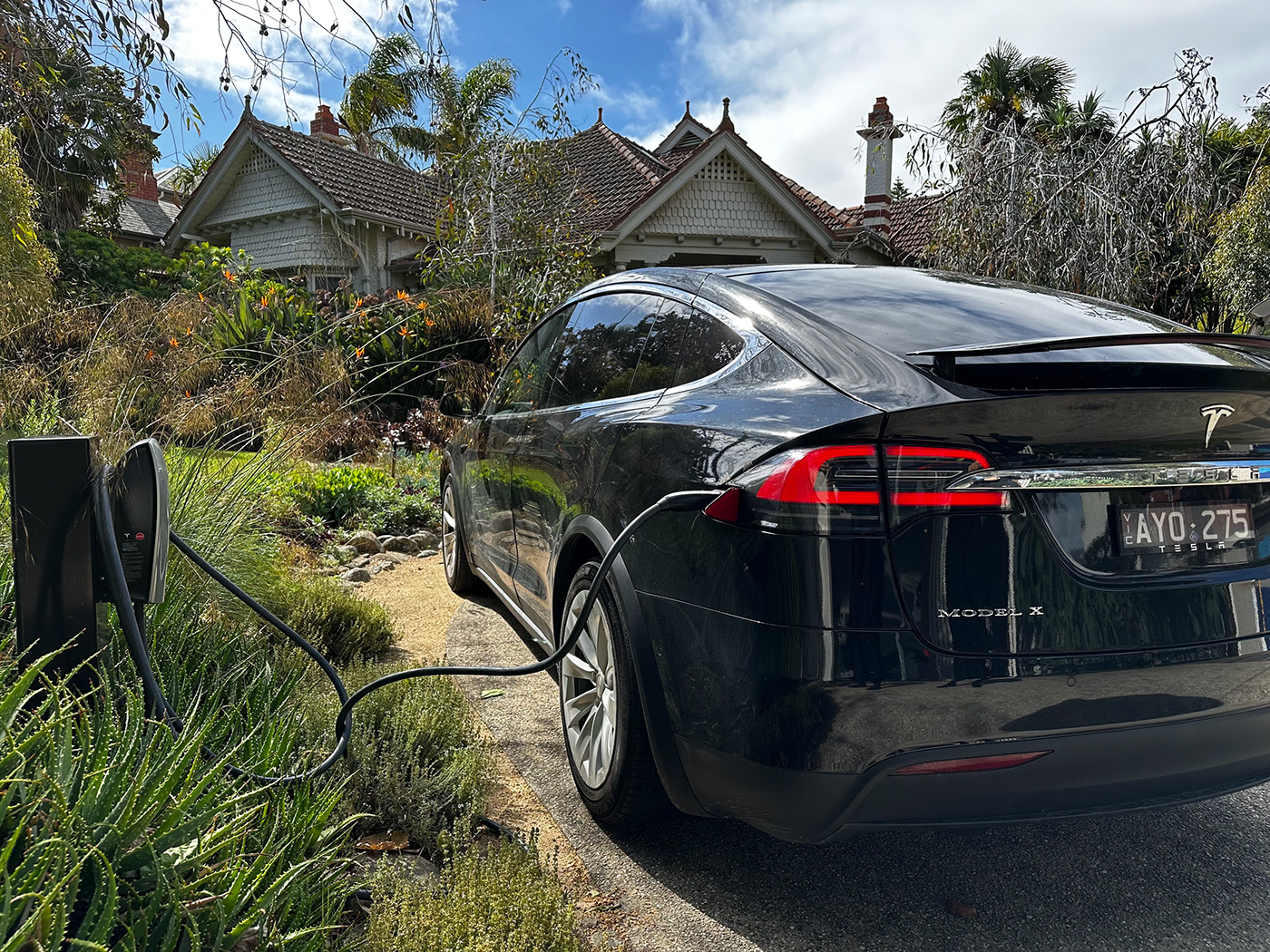
The building industry is a cornerstone of urbanisation, yet it carries a double-edged impact on the environment. On one hand, it drives economic growth and offers social development opportunities, positively shaping our modern world. On the flip side, it is a substantial polluter, contributing to greenhouse gas emissions, resource depletion, and habitat destruction. Construction materials, energy consumption, and waste production are significant contributors to environmental degradation. As urbanisation continues to surge, it is imperative to adopt sustainable construction practices, harnessing eco-friendly materials and innovative designs to mitigate these negative effects. A responsible and conscious approach can help create a balance between urban development and environmental preservation

Innovative waste management solutions are shaping a sustainable future as technology and environmentally conscious practices converge. Smart bins, composting initiatives, and advanced waste transfer stations are transforming the waste disposal landscape. These smart bins equipped with sensors optimise waste collection, reducing operational costs and environmental impact. Composting programs divert organic materials from landfills, converting them into valuable nutrients for soil. Waste transfer stations incorporate cutting-edge technology to streamline the sorting and recycling process. As we embrace these modern waste management approaches, we not only reduce the burden on landfills but also contribute to a cleaner, greener planet. It's a promising step toward a more circular and eco-friendly economy.

Rising sea levels and intensifying storm surges, driven by climate change, pose growing threats to coastal ecosystems and communities. Climate change projections reveal a grim outlook, with sea levels on a steady upward trajectory and more frequent and severe storms on the horizon. These changes will reshape coastal landscapes, transforming vital habitats like mangroves and salt-marshes, and endangering biodiversity by diminishing nesting and roosting sites for shorebirds. Low-lying coastal regions, particularly beachfronts, wetlands, and coastal reserves, face heightened inundation risks. Furthermore, altered wave directions will disrupt sediment movement and foster erosion along Victoria's coastline, posing a challenge to the survival of plant and animal species currently calling these shores home.

The global bee population decline continues to raise alarm bells as these vital pollinators face ongoing threats. A delicate balance in our ecosystem hinges on the well-being of bees, whose critical role in pollinating crops and wild plants directly impacts food production. Pesticides, habitat loss, climate change, and diseases remain key culprits behind their dwindling numbers. This decline has far-reaching consequences for agriculture, with potential impacts on food security and biodiversity. Conservation efforts, from creating bee-friendly habitats to promoting sustainable agricultural practices, are essential in combating this crisis and safeguarding our environment. The plight of bees underscores the urgent need for global action to ensure their survival.

Climate change is fuelling an escalating threat to public gardens and natural ecosystems as weeds and pests proliferate with changing weather patterns. Altered temperature, wind, and rainfall conditions, alongside more frequent extreme weather events, have the potential to disrupt the spread and abundance of these unwanted intruders. Native species face an uncertain future, as the precise weed and pest species that will thrive in a changing climate remains unpredictable. However, as warmer and drier conditions become more prevalent, invasive weeds and pests are poised to outcompete their native counterparts. Vigilant early detection of these threats, including new arrivals and expanded ranges, becomes imperative for successful intervention as the climate evolves.

Bats, often misunderstood and under-appreciated, play a crucial and multifaceted role in our environment. While some may see them as enigmatic and even spooky, their impact is overwhelmingly positive. These nocturnal creatures are primary pollinators for many plant species, helping sustain ecosystems and agricultural crops. Additionally, bats are natural pest controllers, feasting on insects, which reduces the need for chemical pesticides. Their guano, or bat droppings, is a potent fertiliser, enriching soils and promoting plant growth. However, these incredible contributions are endangered due to habitat loss and disease. Understanding the vital role of bats in the environment is key to their conservation and maintaining ecological balance.

Melbourne is bracing for more intense downpours and the specter of local flooding, as climate change drives increasingly severe rainfall events. In 2018, the city endured a once-in-a-millennium deluge, with a staggering 50mm of rain cascading down in just 15 minutes. The aftermath was marked by flash floods, suspended train lines, and widespread power outages. Such extreme weather events are poised to become more frequent, amplifying the risk of flooding and storm surges across the city. As Melbournians navigate these turbulent waters, adaptation and preparedness measures become imperative to address the growing challenges posed by climate-induced rainfall intensification

Transitioning to electric vehicles (EVs) for urban travel in Australia holds the key to reducing greenhouse gas emissions significantly, with potential to eliminate 6% of the nation's emissions, a figure rising to 8% when including regional car travel. Such a shift would deliver a substantial blow to Australia's carbon footprint and offer numerous individual benefits. Recognizing this, Boroondara Council has taken a proactive stance through the 'Electrify Boroondara' initiative, championing the growth of the EV population within the region. With council support, this move aims to tackle a significant environmental polluter, forging a greener, more sustainable future for the community and beyond.

Renowned artist Rohan Hutchinson is using his creative talents to raise awareness about climate change. Through his thought-provoking series "Climate 200," Hutchinson combines art and activism to inspire action. His striking pieces highlight the critical need to limit global warming to 2 degrees Celsius above pre-industrial levels, a target crucial to prevent catastrophic climate effects. Hutchinson's work doesn't stop at raising awareness; he's actively engaged in environmental initiatives. Collaborating with climate organisations, he donates a portion of the proceeds from his art to support sustainability projects and promotes eco-friendly practices. His dedication exemplifies how artists can be powerful advocates for addressing climate change.

Renowned environmental advocate, Simon Holmes a Court, emphasises the global shift towards decarbonisation through renewable energy, stating, 'Decarbonising the world's economies means moving from burning fossil fuels to renewable energy, which is harvesting the energy that’s in the atmosphere.' Australia, blessed with the 'Best sun in the world,' holds immense potential in this transition. Holmes a Court underscores the economic opportunities, noting that 'Australia stands to benefit greatly from decarbonizing Australia - technologies that allow us to export that energy to other countries.' As solar panels grace rooftops Down Under, the nation embraces its solar-rich future, contributing to a greener, more sustainable world.
